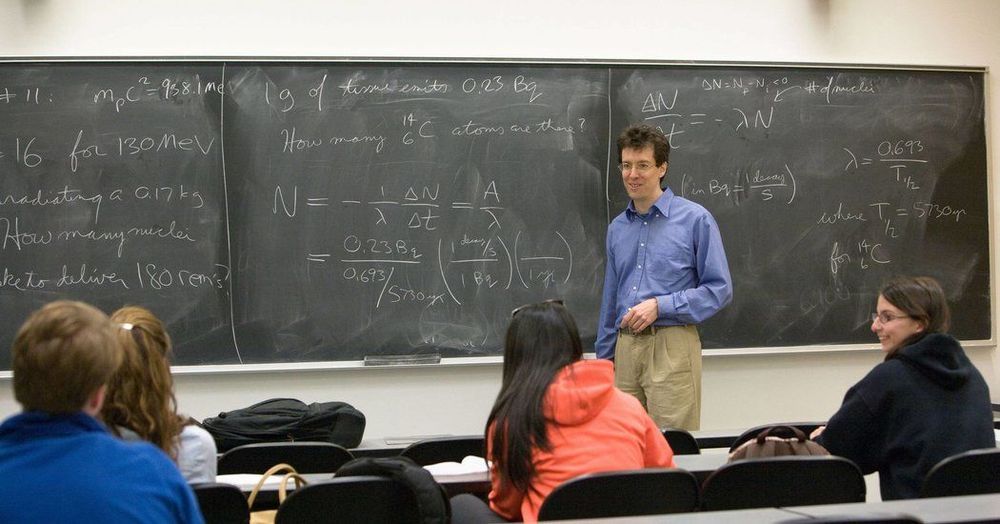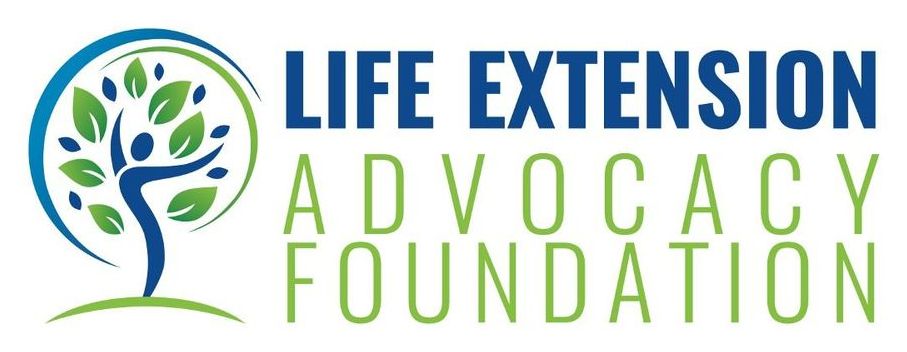He did groundbreaking work toward finding a “theory of everything.” He died in an Alpine rock-climbing accident.
A small clinical trial, which was conducted by a team of researchers led by Dr. Greg Fahy, has shown for the first time in humans that reversing biological age may be possible.
The results of TRIIM are in
The researchers spent a year running the Thymus Regeneration, Immunorestoration, and Insulin Mitigation (TRIIM) trial, which included 9 volunteers aged between 51 and 65. The trial was aimed at testing if a growth hormone and drug combination could be used safely in humans to restore thymic function lost due to aging [1].
This year’s other prizes include four in the life sciences, a special prize in fundamental physics for the invention of supergravity, one winner in mathematics, and a handful of $100,000 awards for early career researchers. Recipients will be honored at an awards gala to be held on November 3 at the NASA Ames Research Center in Mountain View, California, and broadcast live on National Geographic.
A record-setting black hole picture and advances in how we perceive pain are among the winners of this year’s $3-million prizes.
Maybe interesting for you too
Posted in futurism
According to a 19th century legend, the Truth and the Lie meet one day. The Lie says to the Truth: “It’s a marvellous day today”! The Truth looks up to the skies and sighs, for the day was really beautiful. They spend a lot of time together, ultimately arriving beside a well.
The Lie tells the Truth: “The water is very nice, let’s take a bath together!” The Truth, once again suspicious, tests the water and discovers that it indeed is very nice. They undress and start bathing. Suddenly, the Lie comes out of the water, puts on the clothes of the Truth and runs away.
The furious Truth comes out of the well and runs everywhere to find the Lie and to get her clothes back. The World, seeing the Truth naked, turns its gaze away, with contempt and rage.
Alex Eskin, a mathematician at the University of Chicago, has won the $3 million 2019 Breakthrough Prize in Mathematics.
The Breakthrough Prizes were founded in 2013 by a group of tech billionaires (as well as multihundred millionaire Anne Wojcicki, co-founder and CEO of genomics and biotech company 23andMe). The prizes are awarded each year to researchers in mathematics, fundamental physics and the life sciences. Past winners decide who will win in each category.
An exotic physical phenomenon, involving optical waves, synthetic magnetic fields, and time reversal, has been directly observed for the first time, following decades of attempts. The new finding could lead to realizations of what are known as topological phases, and eventually to advances toward fault-tolerant quantum computers, the researchers say.
The new finding involves the non-Abelian Aharonov-Bohm Effect and is reported today in the journal Science by MIT graduate student Yi Yang, MIT visiting scholar Chao Peng (a professor at Peking University), MIT graduate student Di Zhu, Professor Hrvoje Buljan at University of Zagreb in Croatia, Francis Wright Davis Professor of Physics John Joannopoulos at MIT, Professor Bo Zhen at the University of Pennsylvania, and MIT professor of physics Marin Soljacic.
The finding relates to gauge fields, which describe transformations that particles undergo. Gauge fields fall into two classes, known as Abelian and non-Abelian. The Aharonov-Bohm Effect, named after the theorists who predicted it in 1959, confirmed that gauge fields—beyond being a pure mathematical aid—have physical consequences.
VFX Breakdown | Simulation
Posted in entertainment
Our mission is to promote the advancement of biomedical technologies which will increase healthy human lifespan.
A 5 year study. In recent years it has been shown to extend the lives of nematodes (or roundworms) by 57% and mice by 6%. In humans, claims abound that metformin-takers are living longer, having fewer cardiovascular episodes and seeing reduced odds of getting cancer.
Groundbreaking TAME trial, which directly targets aging as an endpoint, finally begins this November, reveals lead clinician Dr Nir Barzilai.









